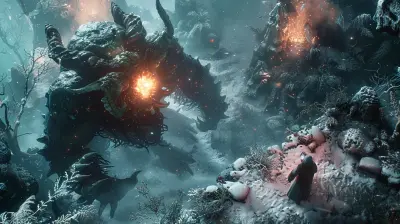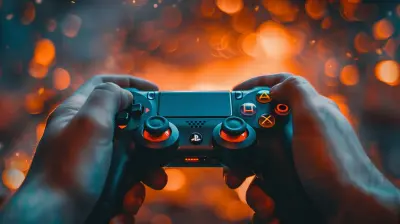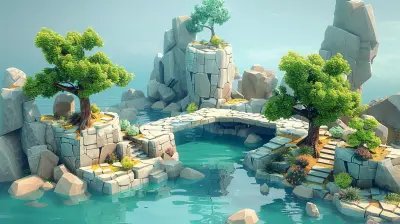How the Update Brought New Life to an Old Classic
29 July 2025
Remember that one game you couldn’t stop playing back in the day? The one that ate up your weekends, disrupted your sleep schedule, and had you skipping plans with friends just to squeeze in “one more level”? Yeah, that one. Well, guess what? It’s back — and better than ever. Updates have become lifelines for classic games, pumping fresh energy into titles that might have otherwise gathered digital dust.
So, how exactly does an update revive a game that’s been out for years (sometimes even decades)? Let’s dig into that — from nostalgia-fueled hype to groundbreaking improvements that make you wonder if the game was always this good.
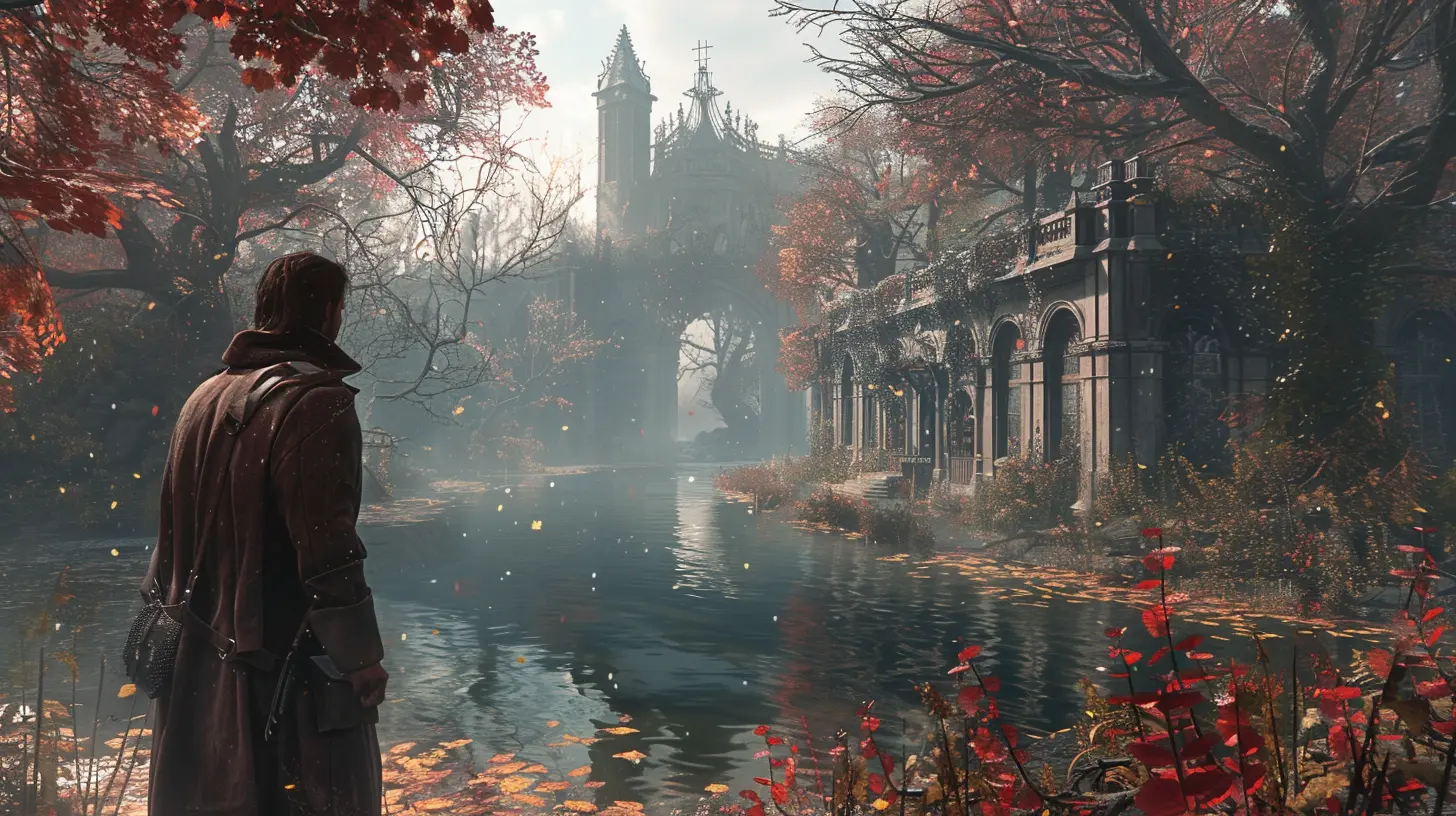
The Power of Nostalgia with a Modern Twist
You know that warm, fuzzy feeling you get when you hear a familiar soundtrack or see an old character you used to root for? That’s nostalgia hitting hard. Developers know this — and they’re leaning into it. But they’re also not stopping there.Instead of simply porting an old game to newer systems and slapping a “Remastered” sticker on it, developers are shipping out updates that truly elevate the gameplay. These updates do more than fix bugs — they reinvent how we experience the game.
Look at games like Skyrim, Minecraft, or The Legend of Zelda: Link’s Awakening. They weren’t just reissued; they were revised, reborn, reimagined. And players? We’re eating it up.
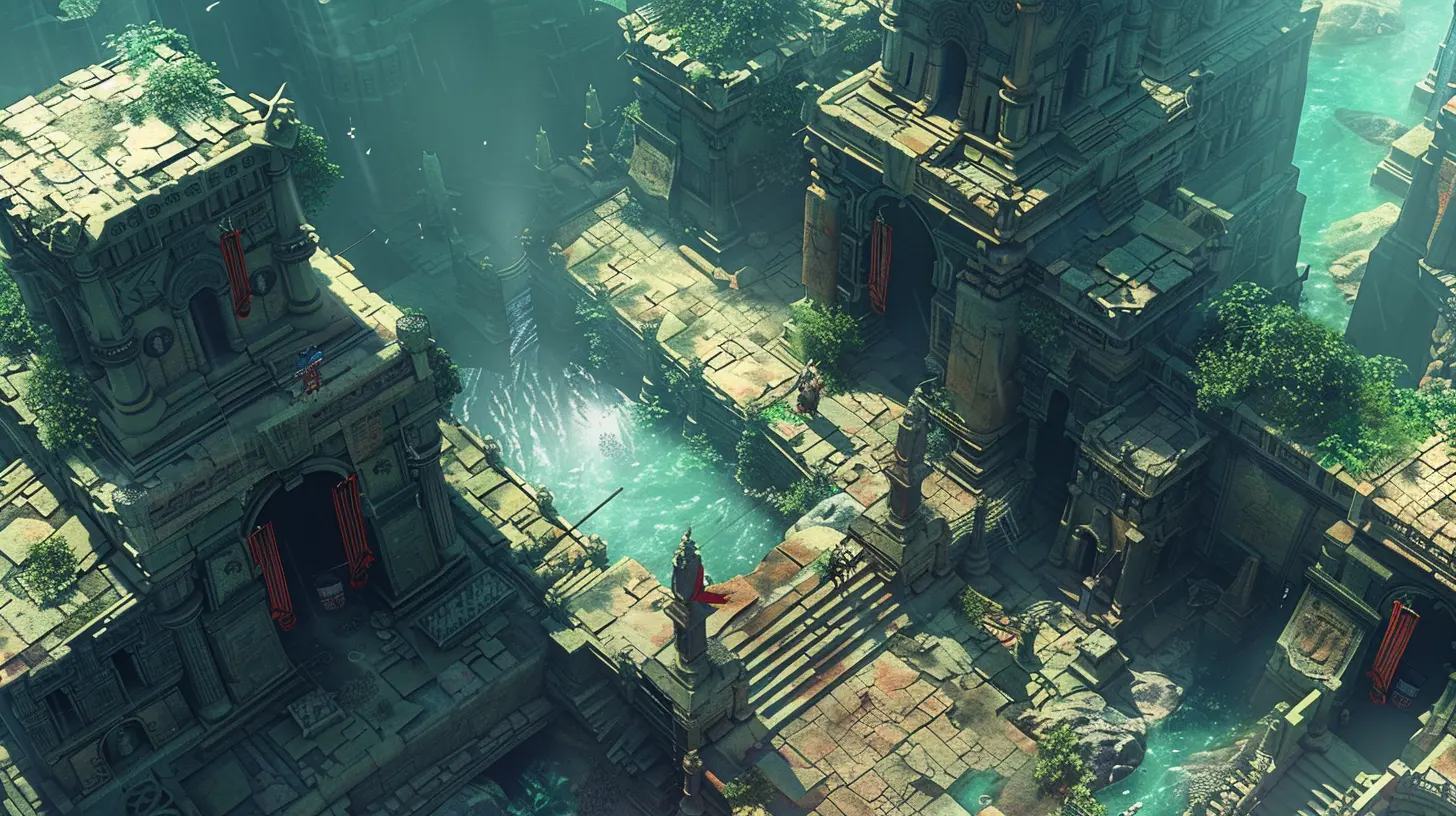
What Makes an Update Game-Changing?
Let’s break down what actually makes an update breathe new life into a classic:1. Graphical Overhauls
Let’s not lie — old games can be pretty pixelated. Back in the day, they looked great because that’s all we knew. But once your eyes get used to 4K resolutions and ray tracing, going back can feel like watching a VHS on a curved screen.Graphical updates can transform a game from “nostalgic” to “legitimately beautiful.” Think updated textures, smoother animations, dynamic lighting, and character models with actual facial expressions. Suddenly, what once looked like a clunky mess becomes a visual masterpiece.
2. Quality of Life Improvements
Remember having to manually save after every boss because there was no autosave? Or those camera angles that made platforming impossible? We put up with a lot back then.Today’s updates often include incredibly thoughtful quality of life (QoL) tweaks:
- Autosave and checkpoints
- Improved inventory and UI systems
- Better accessibility options
- Streamlined controls
It’s like putting power steering in a vintage car — the charm is still there, but it’s way easier to drive.
3. New Content Additions
Adding new levels, characters, story modes, or missions that never existed before? Yes, please! This turns a familiar game into uncharted territory without losing its soul.It’s kind of like going back to your hometown and finding a brand-new coffee shop on the corner where that old gas station used to be. It’s still your town, but there’s something fresh to keep you interested.
4. Online and Multiplayer Modernization
Games launched before the era of reliable online play often lacked the kind of multiplayer experiences we expect today. So when developers include updated servers, matchmaking, co-op options, and even cross-play? It’s like hooking an old cassette player up to Bluetooth. Boom — a new vibe, same jams.5. Mod Support and Community Tools
Some of the most beloved classics (looking at you, Skyrim) got a second lease on life not just because of official updates, but because of modding communities. Smart devs are now supporting and even integrating mods directly into the game through Steam Workshop and other tools.This opens the door to endless creativity — from game modes to fan-made expansions — and keeps a game thriving long after its original launch.
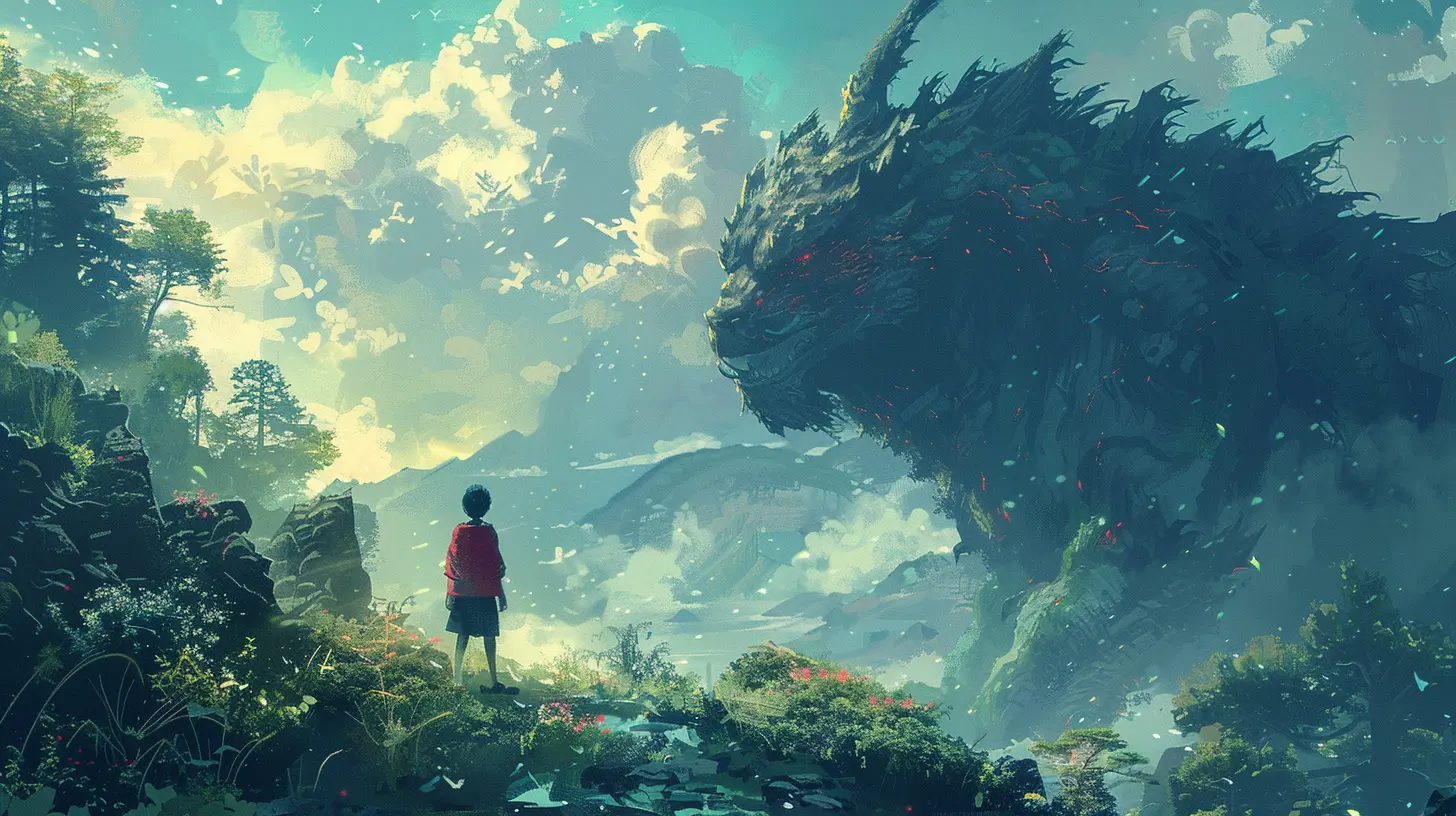
Real-World Examples of Updated Classics That Nailed It
Let’s get specific. It’s one thing to talk about how updates can improve old games, it’s another to see it in action. Here are a few success stories where updates revived once-dormant fan favorites.🔥 Resident Evil 2 Remake
The original Resident Evil 2 was terrifying back in 1998. But the 2019 remake? It was a full-blown resurrection.Capcom didn’t just tweak the graphics — they rebuilt the entire game engine. They redesigned puzzles, rewrote parts of the story, modernized controls, and added cinematic storytelling that brought real emotional weight. And the best part? It captured the same creepy atmosphere we loved back in the '90s, just with way more polish.
Why it worked: They balanced nostalgia with innovation, elevating the original without deleting what made fans fall in love.
🔥 DOOM (2016) and DOOM Eternal
DOOM was already a godfather of first-person shooters, but it had started showing its age. Then came DOOM (2016), which preserved the fast-paced, demon-blasting chaos we loved while injecting the game with modern modeling, smoother mechanics, and a killer metal soundtrack.DOOM Eternal doubled down, refining every system and moving the franchise forward without forgetting its roots.
Why it worked: It understood its core identity — speed, aggression, and carnage — and reimagined it for today’s gamers.
🔥 Final Fantasy VII Remake
This one had the weight of the world on its shoulders. Fans were nervous — could Square Enix actually do it justice?Spoiler: they did. Final Fantasy VII Remake wasn't just a graphical update. It was a total overhaul of gameplay, story pacing, and character development. It didn’t simply rehash the old game; it expanded the universe in a way that honored the original while keeping things fresh.
Why it worked: It wasn’t afraid to take risks — changing combat, characters, and even the ending — but always with respect for the story we already loved.
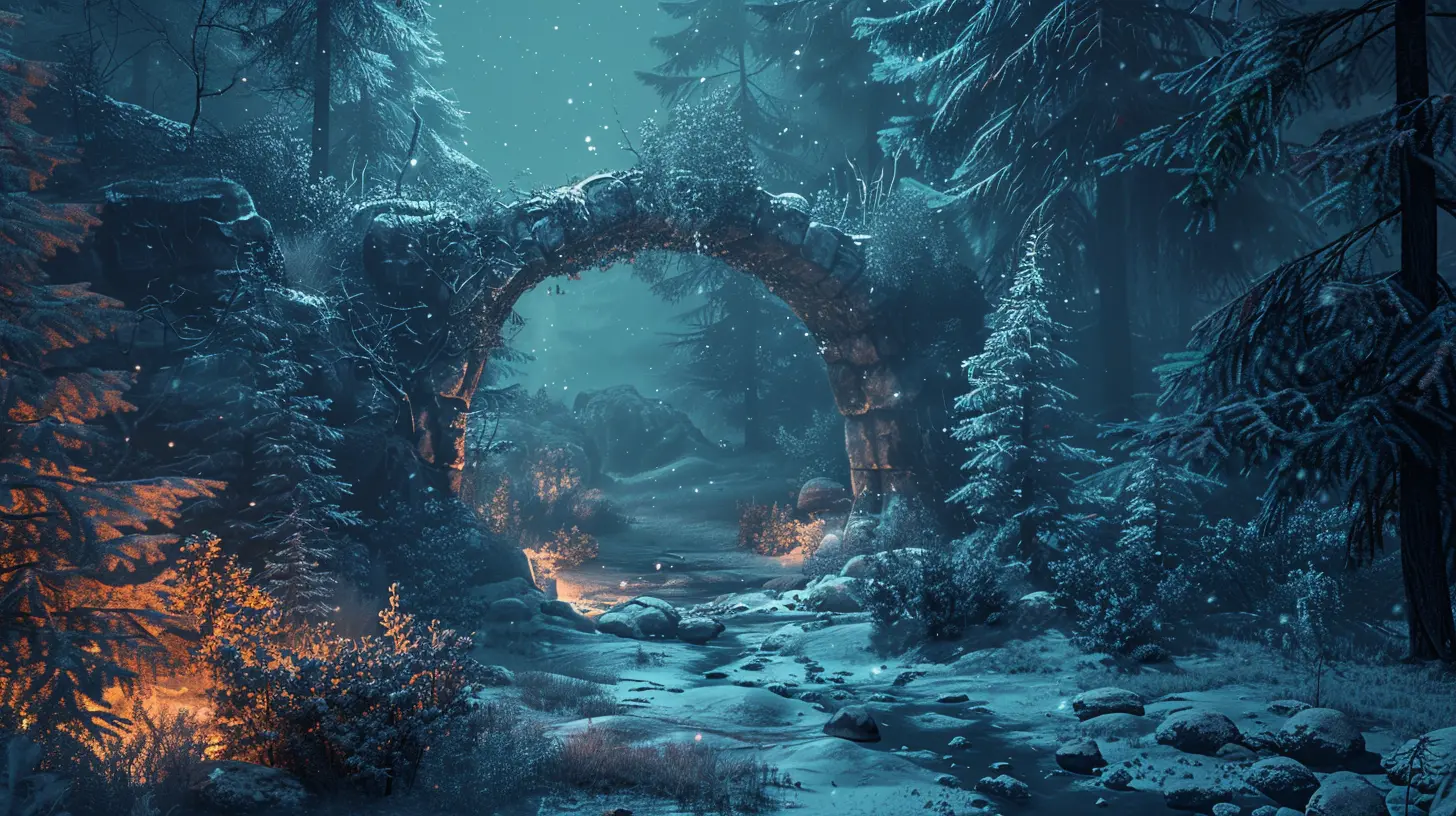
Gamer Reactions: Fandom Reignited
Updated classics do more than just sell more copies. They bring communities back to life. Discord servers get busy again. Reddit threads light up with theories and Easter eggs. And streamers? They dust off an old gem and start fresh Let’s Plays all over again.You’ll see people online posting “Never played this back in the day — where has this been all my life?” and others saying “Playing this again feels like coming home.” That’s the power of a thoughtfully made update.
When Updates Go Wrong (Because, Yep, That Happens Too)
Not every update is a golden ticket. Some fall flat. Why? Usually because they miss the point entirely.Either the update:
- Tries too hard to modernize and loses the original charm
- Adds monetization schemes (looking at you, microtransactions)
- Introduces bugs due to rushed development
- Ignores fan feedback
Updates should enhance, not erase. Fans are fine with change — as long as it feels like it’s being done in service to the game, not just to make a quick buck.
Why This Trend Isn’t Slowing Down Anytime Soon
Game development is expensive. Really expensive. So revamping an existing game with a solid fanbase? It’s way less risky (and often way more successful) than launching something brand-new.From a business standpoint, updates open the door to:
- New revenue through re-releases or DLC
- Expanding the player base (hello, younger gamers)
- Rebuilding brand loyalty for future releases
Plus, there's a whole new generation of players discovering these classics for the first time — and sometimes, their first exposure is post-update. So for them? These “old” games are brand-new experiences.
Final Thoughts: Classics Deserve Comebacks
Here’s the truth: great games are timeless. But technology? That’s ever-changing. So when great games meet modern updates? It’s lightning in a bottle.They remind us why we fell in love with gaming in the first place, but they also prove that even nostalgia should evolve. So the next time one of your childhood favorites gets a massive update, give it another shot — you might be surprised. It might just feel like catching up with an old friend… who went to the gym and got a massive glow-up.
all images in this post were generated using AI tools
Category:
Game UpdatesAuthor:

Avril McDowney
Discussion
rate this article
1 comments
Odessa Hayes
This update revitalizes the classic, adding fresh elements while preserving its charm. It's exciting to see old favorites come back to life!
August 13, 2025 at 2:49 PM

Avril McDowney
Thank you! I'm glad you enjoyed the blend of nostalgia and innovation in the update. Your excitement is exactly what we aimed for!
